A Short Preview (Login to Access the Full Interview):
“Energy Returned On Energy Invested is the single most important concept to understanding energy, alternative energy, and peak oil.”
~ Charlie Stephens
By Catherine Austin Fitts
Thanks to a highly expensive effort to maintain secrecy and generate complexity and obfuscation, most of us generally have a limited understanding of the all-important topic of energy. This week, I am delighted to welcome independent energy consultant and systems engineer Charlie Stephens to the Solari Report for a two-part interview to enlighten us on energy in the 21st century.
After spending over two decades in the Coast Guard and Navy (retiring as a Navy commander) and another 17 years as a lead policy analyst at the Oregon Department of Energy, Charlie is just the person to lead us through the thicket of complexities that surrounds energy topics. His expertise extends to energy policy, energy efficiency, renewable energy, transportation systems and land use, economic and community development, macroeconomics, international trade, foreign policy and more.
In both Charlie’s and my estimation, a discussion of energy needs to start with the recognition that it is the central banking-warfare and industrial agriculture models and the energy-intensive control grid—and not weaponized environmental issues and “climate change” scams such as those related to carbon and nitrogen—that are the leading causes of environmental harm on the planet today. A second critical point is that for energy policy to be rational, it must take into account the concept of “energy return on investment” (EROI): a ratio that describes the amount of “energy produced in relation to the energy used to create it.”
Join us for Part I as we consider the availability of and EROI for sources of energy such as oil and gas, coal, ethanol, nuclear, hydro and geothermal, wind, and solar—as well as important unanswered questions about breakthrough energy.
Money & Markets:
This is the last week of the month, so there is no Money & Markets. The next Money & Markets will publish on September 7. Post questions at the Money & Markets commentary here.












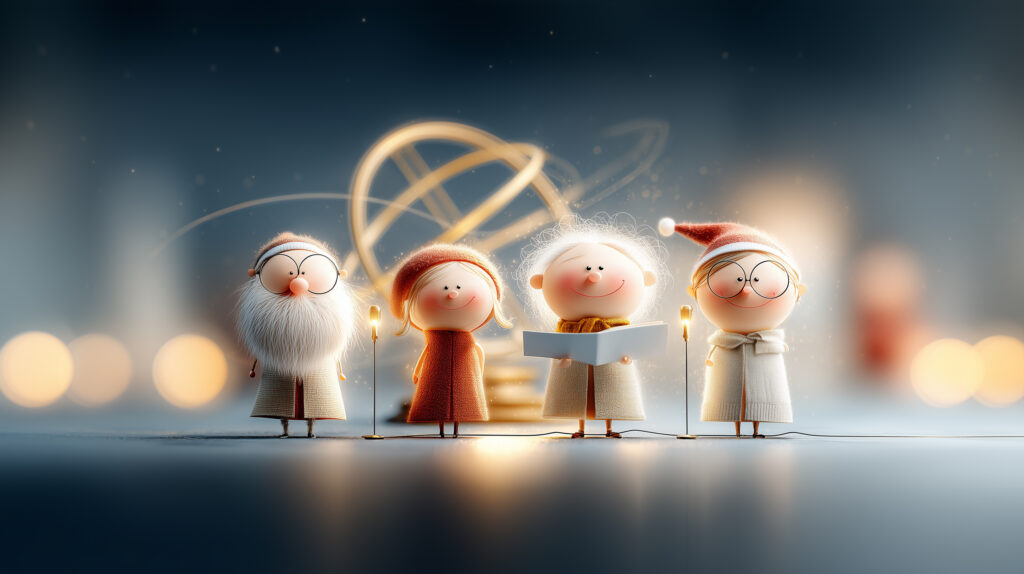
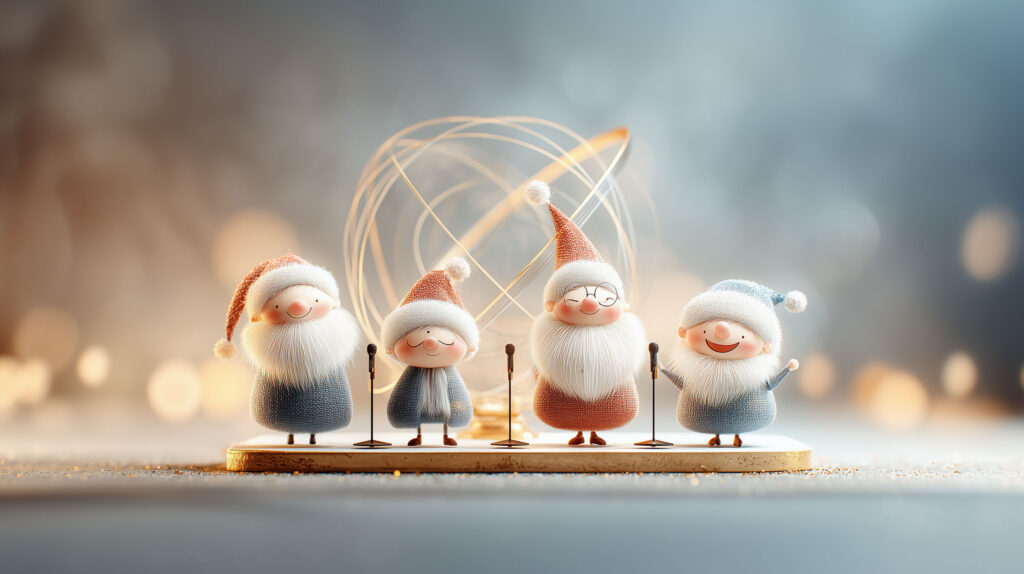





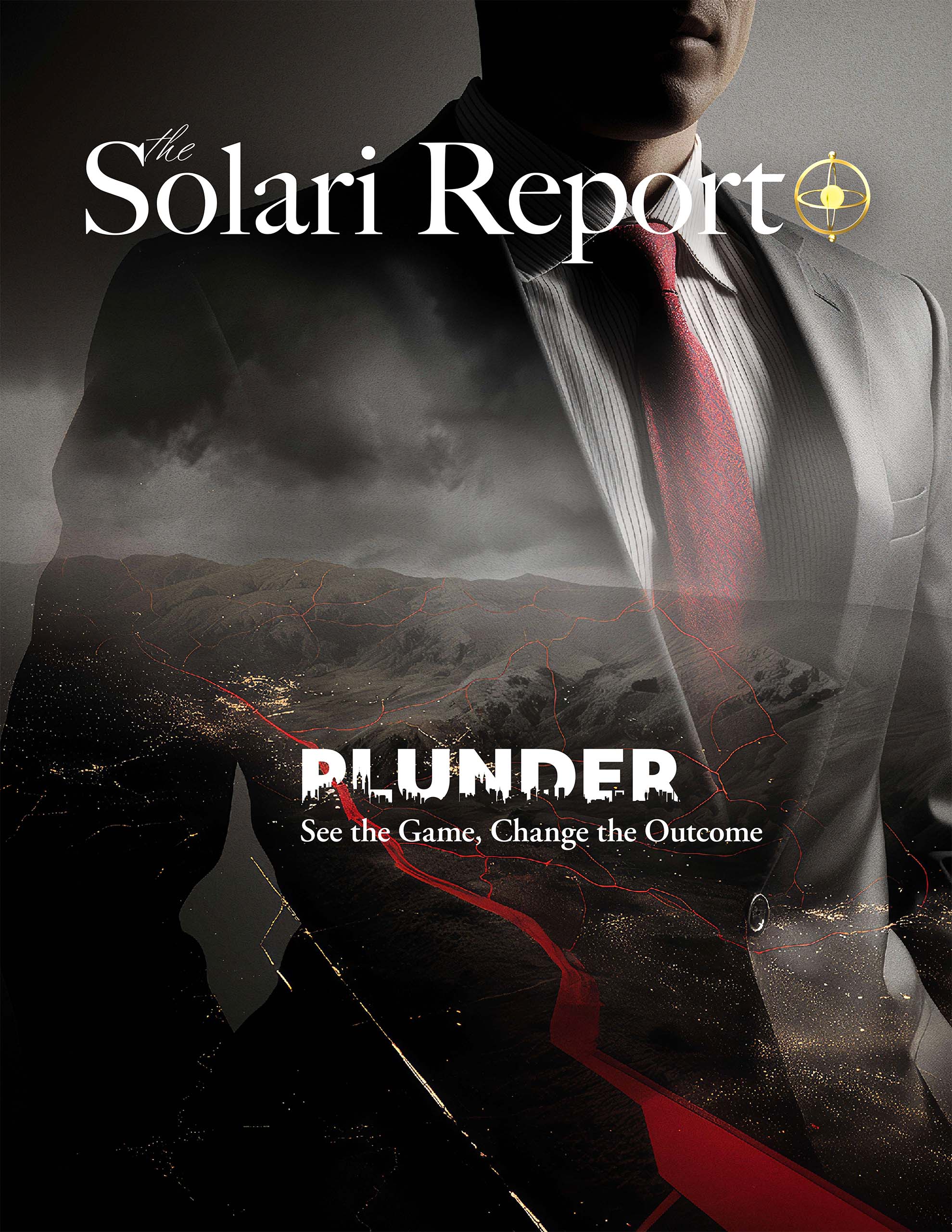










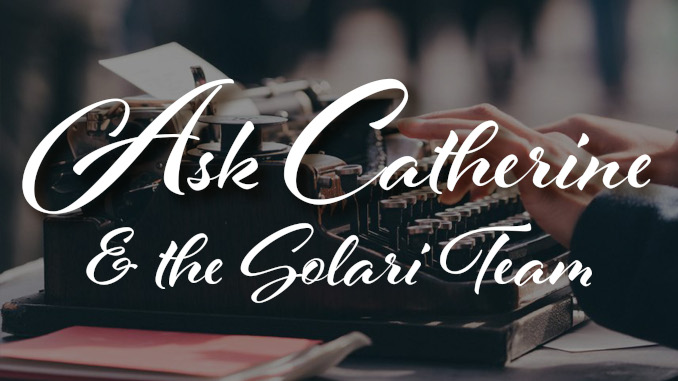
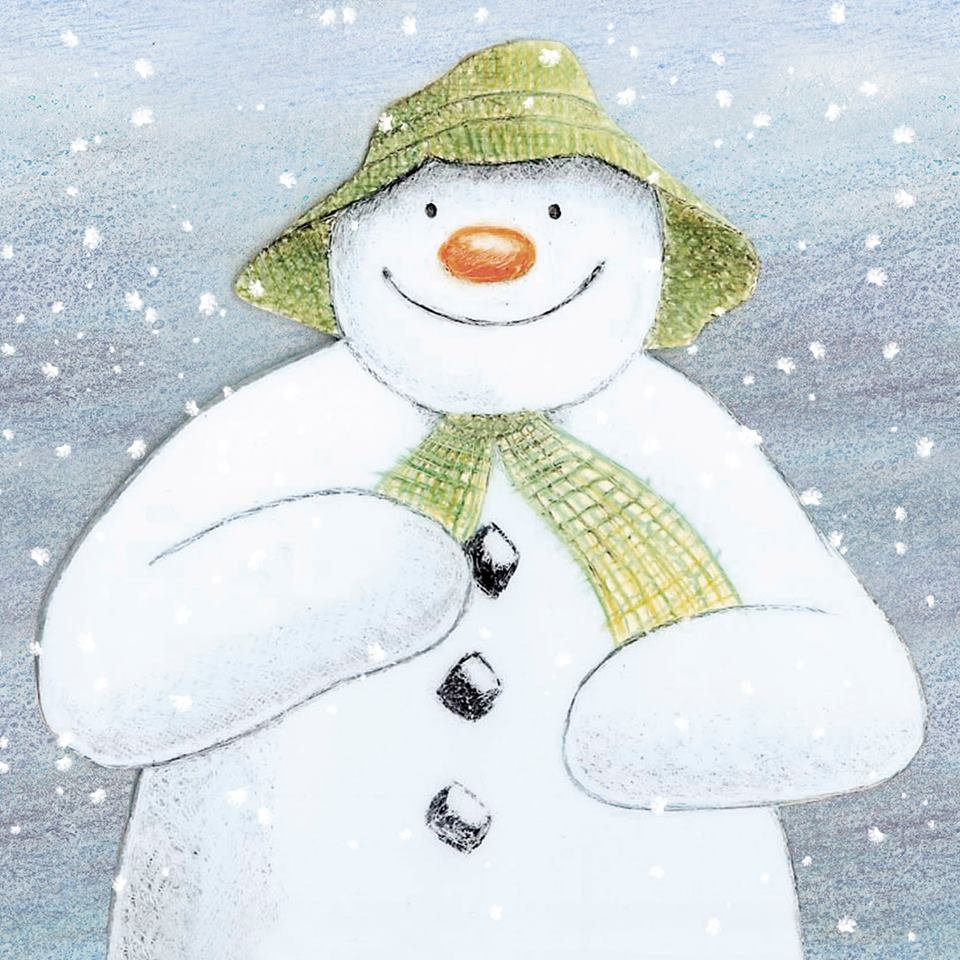

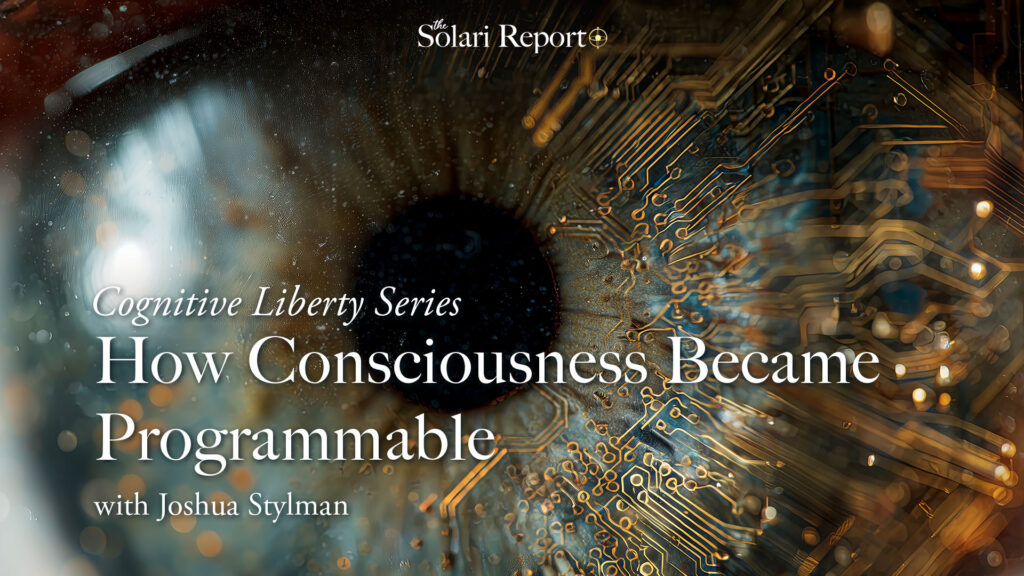
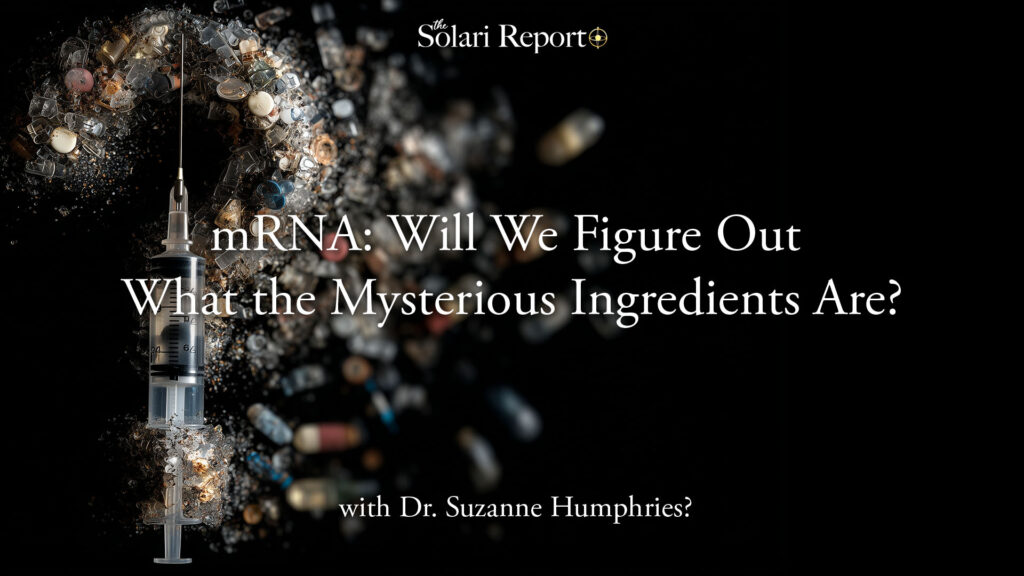
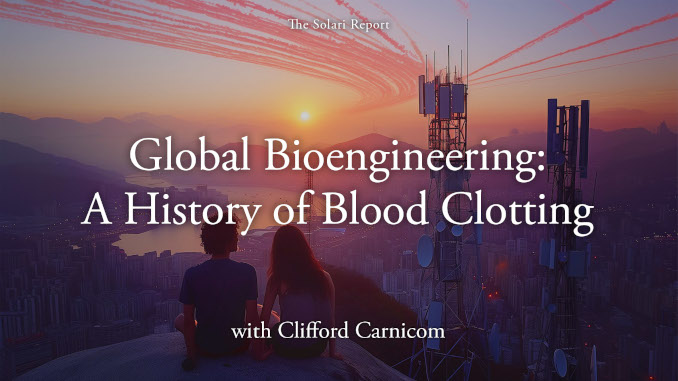

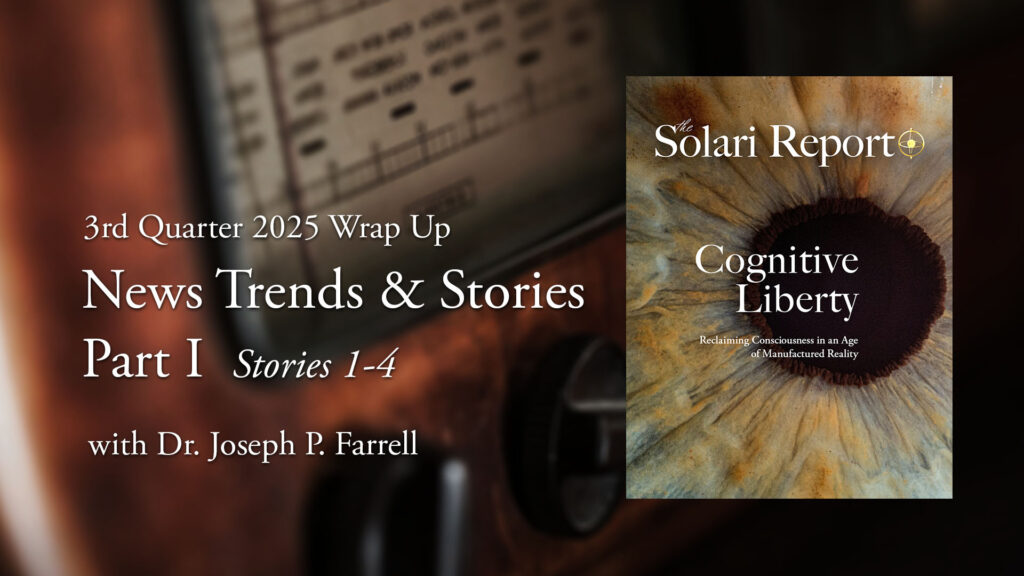





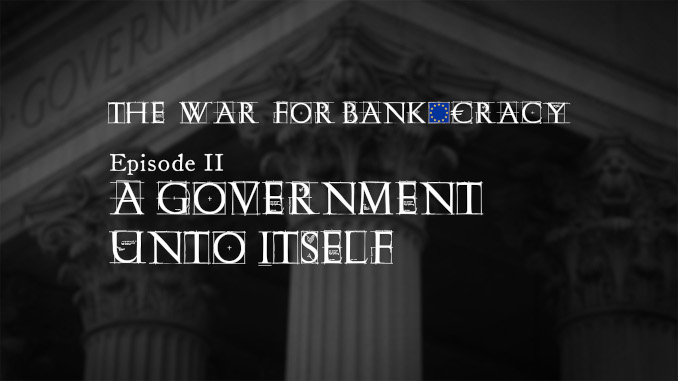
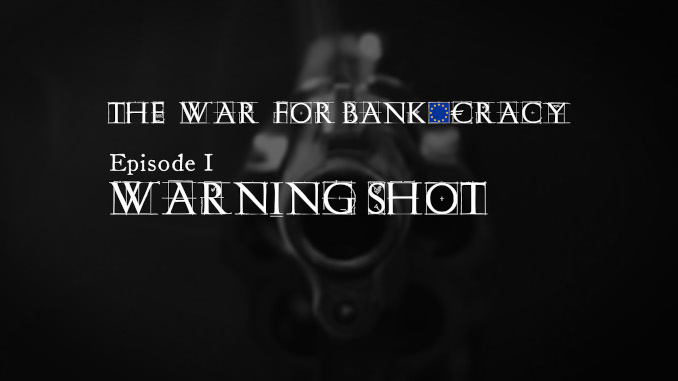
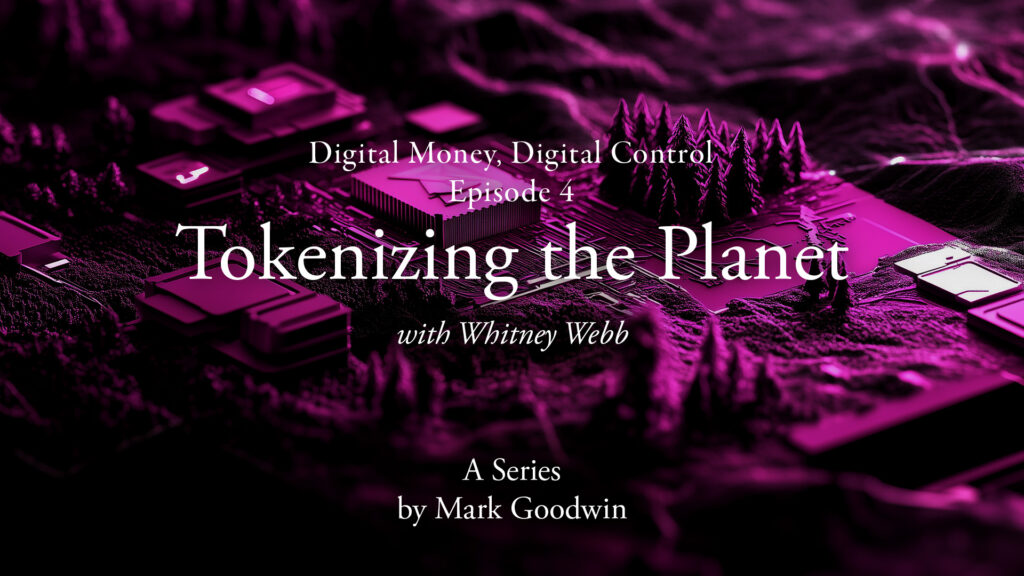


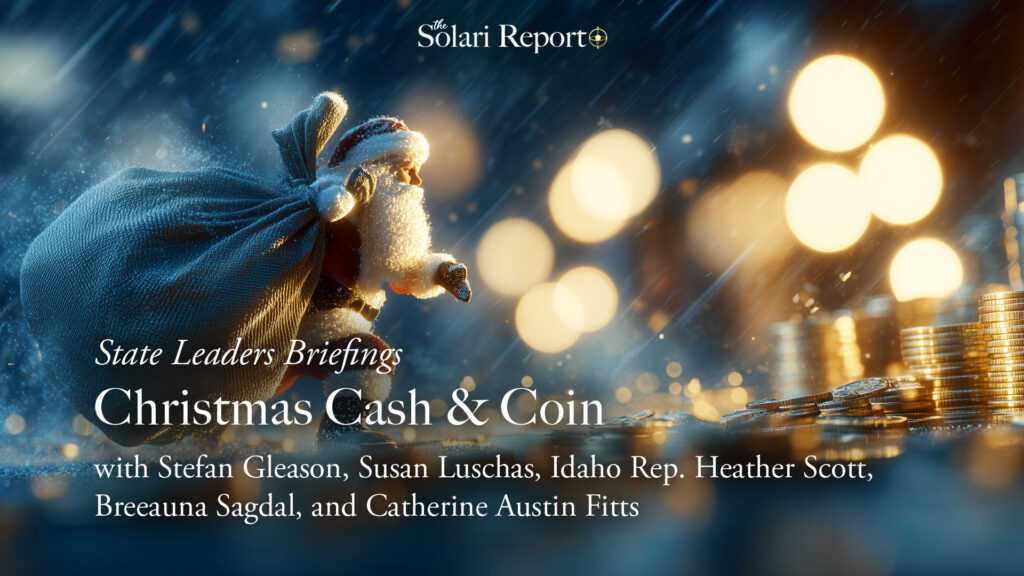
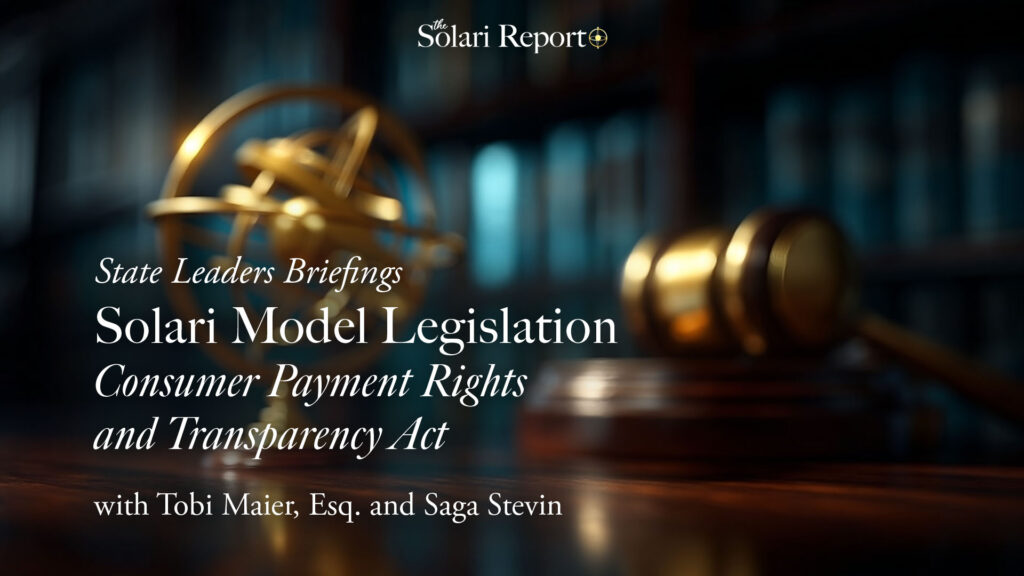


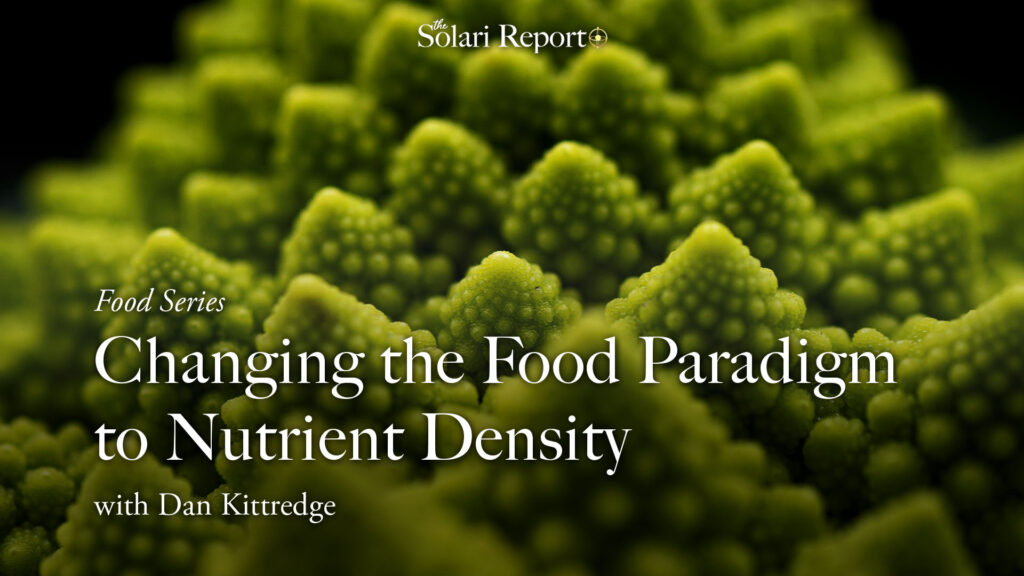

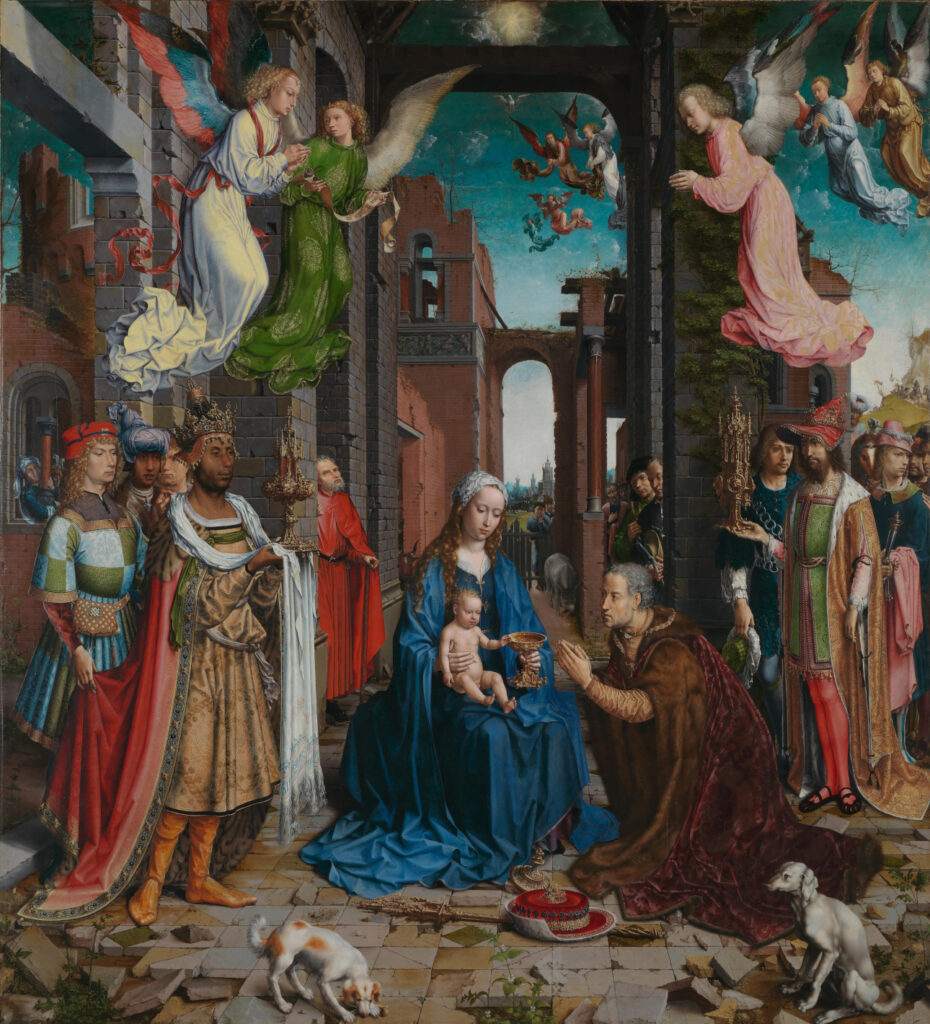




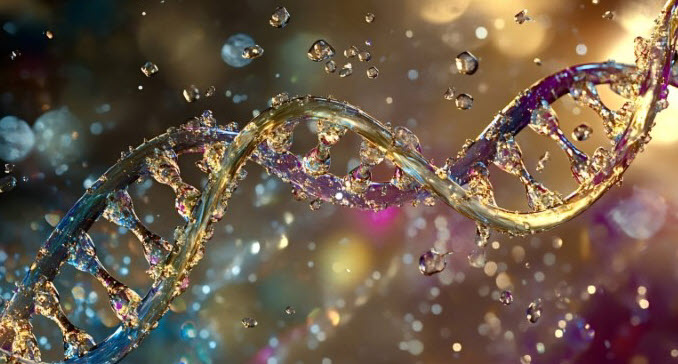




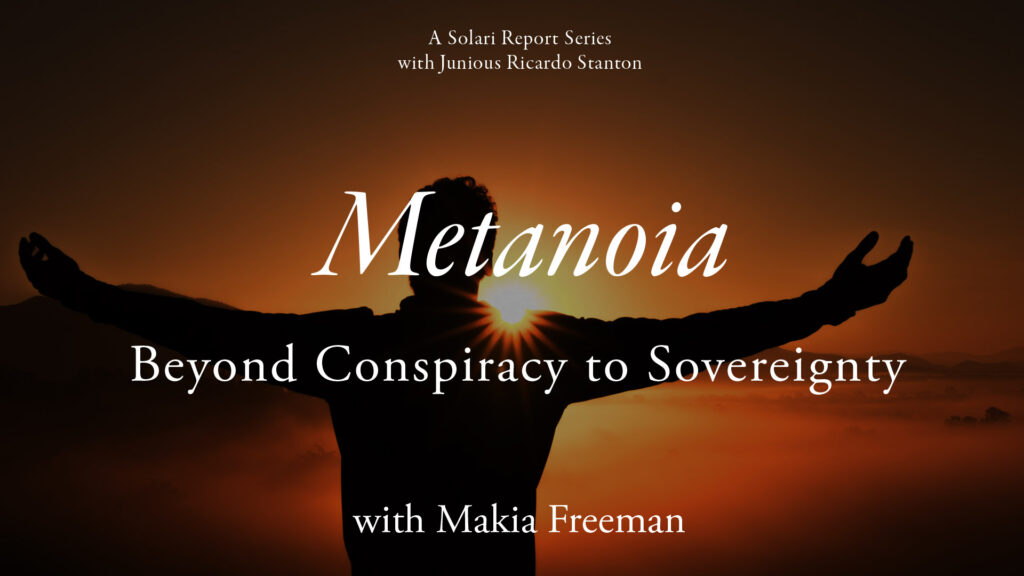
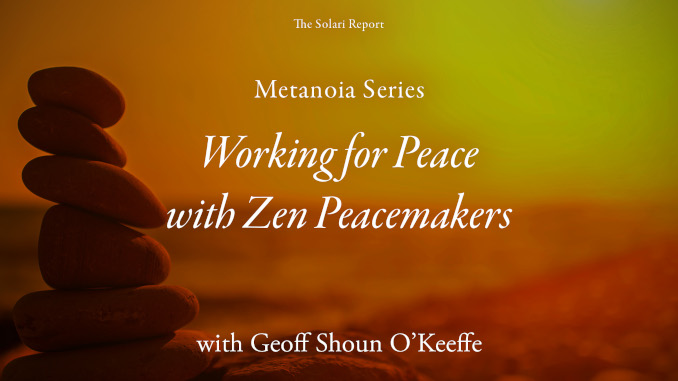

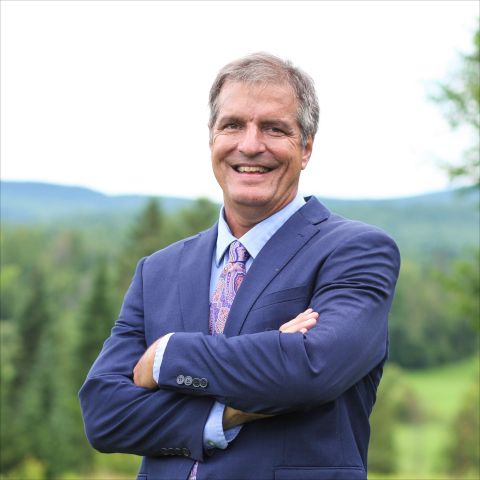
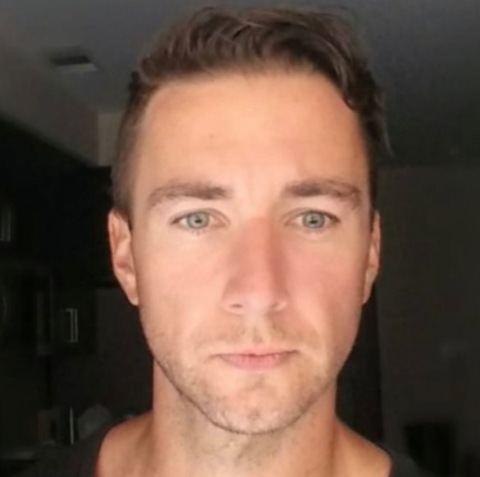















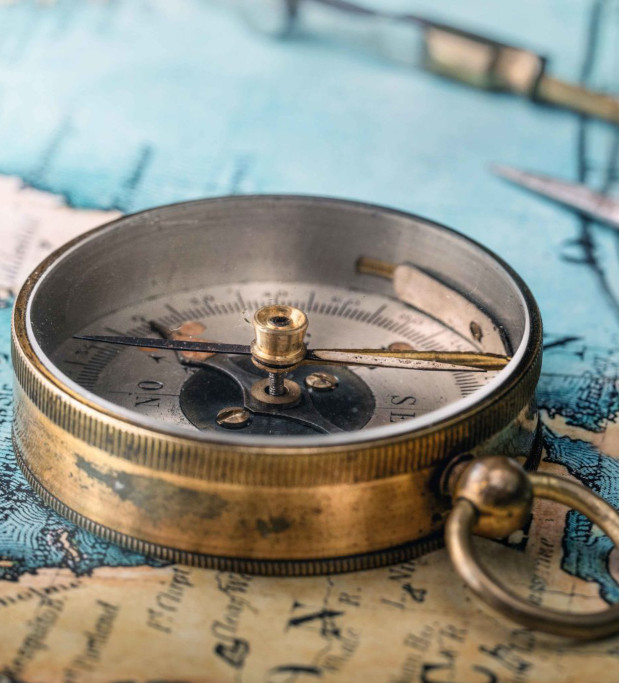






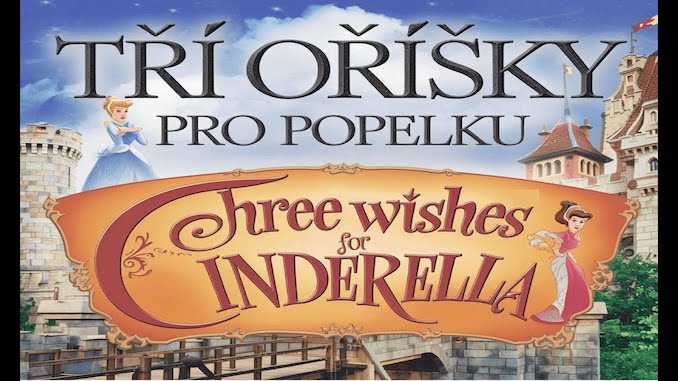


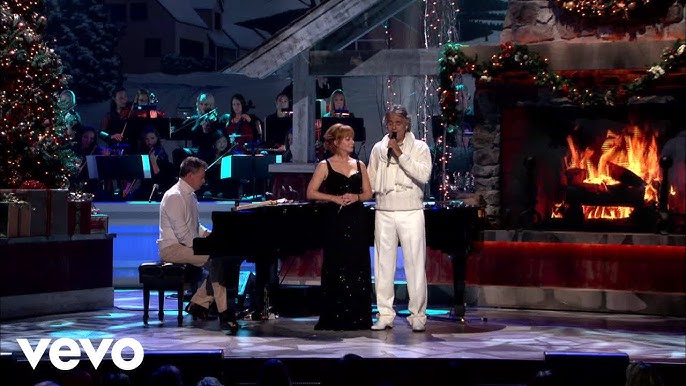





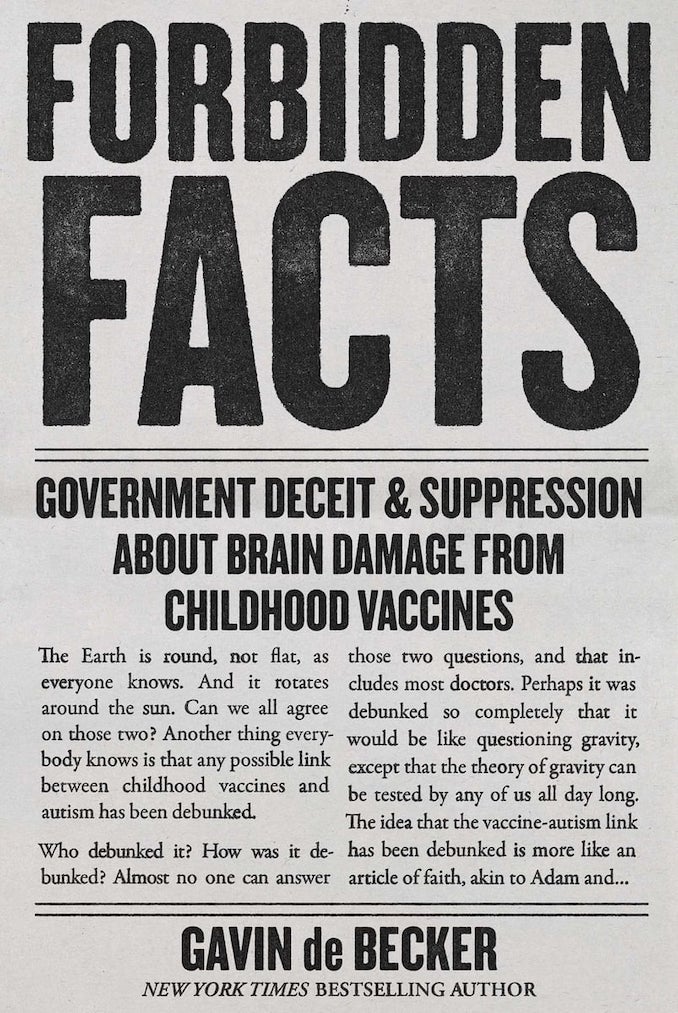
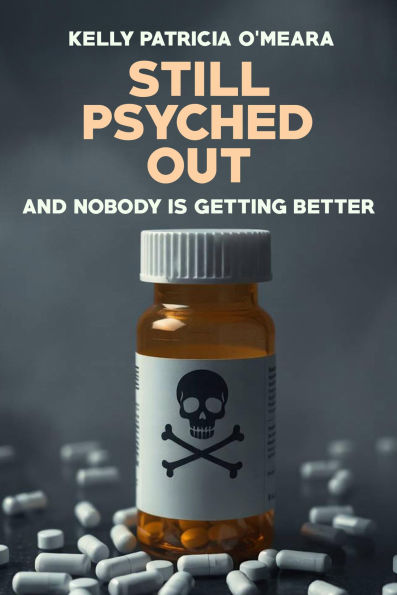

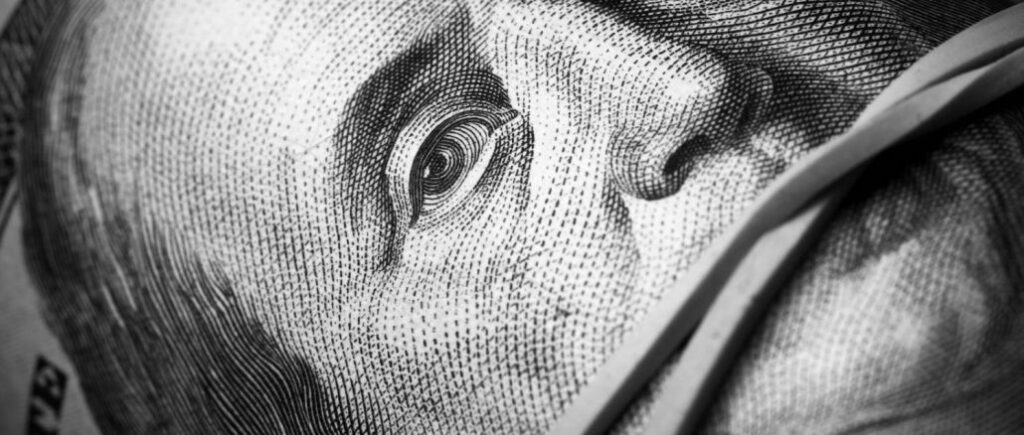
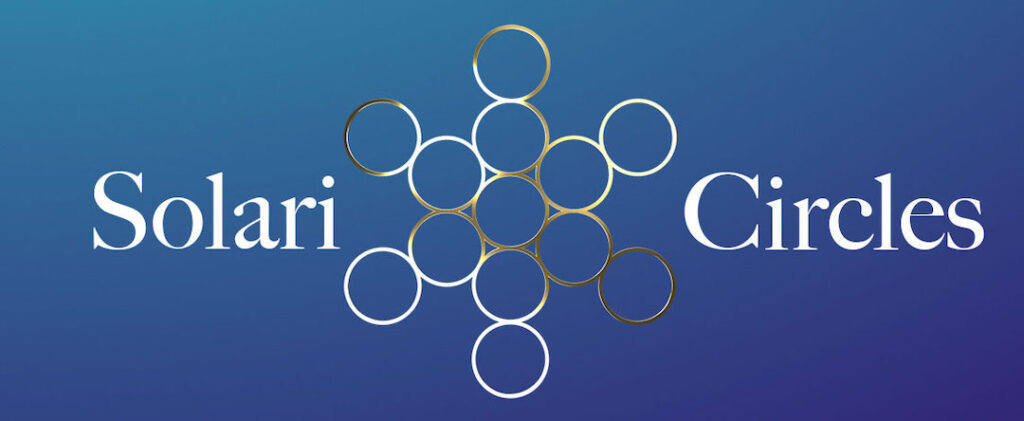
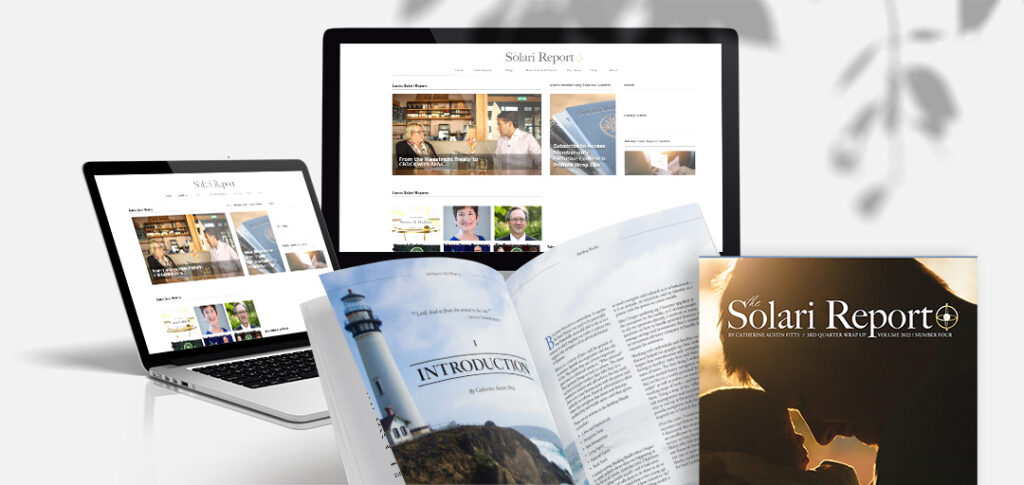














Yes I agree that nuclear should have to absorb the risk but that’s not stopping them from implementing regardless of we the people.
It seems to me they’re pushing for a nuclear future.
Press Release
Oklo Inc.
Oklo Tentatively Selected to Provide Clean and Resilient Power to Eielson Air Force Base
08/31/2023
The Defense Logistics Agency Energy, on behalf of the United States Air Force and the United States Department of Defense, has selected Oklo as the pending contractor awardee to site a micro-reactor at Eielson Air Force Base in Alaska to provide clean, reliable power to the facility.”
I’m afraid you’re right – the nuclear racket intends to continue. One just has to understand that every one of the energy rackets is tapping the public treasury, which is deep in the red. That’s how rackets function – the racketeers go to work each day, like many of the rest of us, and work in their own interest. They just have much more wealth and power than most of us, so they get to design the system. This is just one example of why none of Adam Smith’s characteristics of a free market economy are true, and never have been, except at the smallest scale of market transactions – local, at the neighborhood or community level. Most communities wouldn’t choose a nuclear power generator if they had to buy it, maintain it, take on all of the risk connected to its proper and safe functioning, and deal with whatever disposal issues may need to be dealt with in the future. There are less expensive, safer, and simpler systems.
If we truly had a free market economy, and if all of the public subsidies went away, we would have very different economic and energy systems. Charlie
https://oklo.com/newsroom/news-details/2023/Oklo-Tentatively-Selected-to-Provide-Clean-and-Resilient-Power-to-Eielson-Air-Force-Base/default.aspx
Dear Catherine and Mr Stephans,
Thank you for this wealth of useful information. Charles, please share name of the engineer and or the particular asphalt i-beam road design which might turn up material about the project. Links would great.
We are responsible for a 2000ft rural road which needs repaving every 2 to 3 years at great expense for our business. W’d pay royalties to get a 60 year service life on the road.
Best wishes, NB
aka Think-R-thwim
Well, Nicholas, I happen to have a nice little .pdf file about it, with a side-by-side design comparison as part of the document. I would just have to figure out how to get that to you as part of the Solari context. Perhaps Catherine or Carolyn can advise me on how to do that. Charlie
Would it be possible to post the link on this page so it can be downloaded by all? Thank you so much!
Charlie: If you send, we will post on server and post link.
Oh Joy, Thank you! I have an Apple burner email below:
celladorr@icloud.com
A Dropbox link or equivalent would be great or just send the file if it is small enough for your mail server.
Sent by e-mail. Charlie
Charlie:
Just email to me and I will have posted on the server so you can post the link
Catherine
I second this request!
I agree the goal is definitely control to harvest, or rather exploit, resources and populations, not to generate money, which is simply a tool and like Catherine said, can be printed out of thin air. I might use the general term of “acquisition” to state their goal, as it can encompass all of the above. Loving this interview and all the information from the presenter! It’s got to be one of my favourite Solari reports so far.
Thank you very much, Natasha. It’s nice to have you in the conversation. I have no idea where it will go but I’d very glad for all of it. Charlie
Thank you Mr. Stephens and Catherine,
You have moved my needle on climate change a smidge.
What struck a cord deep within me Mr. Stephens was when you spoke to the hierarchy of primary goals that our human system is based on. Change the goal and you change the system.
I don’t know if you are a spiritual man but what you describe is a spiritual problem.
And we have a solution.
PAX
As it happens, I’m pretty deeply spiritual, Kari. And solutions to our human predicament are as much a spiritual change as a change of habit or conduct. The Dark Side that is destroying most everything it touches is very old, and needs only the absence of light to prevail. I sense that we’re awash in religion but we have an acute shortage of spirituality in practice. In the same sense that society is awash in old people but we have an acute shortage of elders. Charlie
I would say I agree with Charlie thoroughly. There is no Royal Road to energy. The world is mentally stymied by the nebulous prospect of climate change, which is itself a phenomenon far beyond the pay grade of mankind. Fossil fuels, to use the dialect, don’t enter into it.
We have a wealth of petroleum and related substances such as coal and gas which make tolerable life on Earth for eight billion people possible. It is still the most efficient, in terms of energy available for energy expended, to produce. It is limited by extractive rate, regardless of what we think its provenance might be.
There are Limits To Growth, and the eponymous book will be one of my coming investigations. (I had always assumed its intention.) Nevertheless, I agree that there is such a thing as zero point energy, as discussed this with Joseph Farrell when we met in Louisville. My concept of it is identical to what Charlie suggests, and that it is based on the Planck constant. I do not personally possess the mathematical skill to elaborate it to the satisfaction of scientists, but I can picture how it would work. One of the first things you come to is the acceptance of (A)ether versus empty space. In fact, empty space is the product of empty minds. Space would be defined by what it contains, not by nothing. What it contains is a minimum spacing of matter / energy by the Planck constant.
It stands to reason that compression of space stores energy, and the torsion of space, which is what makes planets and galaxies rotate is the ultimate source of energy, irrespective of the proximate medium. If we have the technology currently, and it is not being shared, that is perhaps the ultimate in cosmic myopia, because its capabilities would be infinite in respect to combustion fuels.
Incidentally, if it was an epiphany you had with respect to the relationship of oil and currency, that they are interchangeable, it is an assumption that most of us in the energy industry understand intuitively. All things in this temporal realm require movement, which requires force through a distance, which is exchangeable with energy. Oil happens to be easily adaptable to what Clif High calls Bronze Age machinery.
It will be interesting to see what Charlie says in part two.
Well John, you and I are a lot on the same wavelength. I’m not sure what your background is but it sounds eclectic, like mine.
There are some fundamental system characteristics and rules that govern a lot of what we take for granted in the world. The way in which plant life is able to harness the sun’s energy and the mineral endowment of the Earth to reduce entropy – to structure and organize the fundamental elements of the universe to make energy is one of the most elegant and impressive systems there is. The way living cells make energy, micro electro-chemically, and another example of how natural systems do for us, just in pursuing life itself.
Humans are at a rather rudimentary level when it comes to understanding how the cosmos works. As a species, we demonstrate that every day. The economic system we’re all embedded in determines what energy sources are used, by whom, and at what cost. In this system, enormous costs aren’t accounted for, because it would call into question the intelligence of pursuing the things we do. Energy is a great place to see how the whole system works. It’s built on material throughput, for the purpose of producing ever expanding wealth, as defined by those with the most wealth. This means throughput is good, liquidation of natural capital is good, waste is good, without end. That’s the primary goal of the system. Every sector of the economy is designed this way.
I wouldn’t say that my understanding of the relationship between oil and “currency” was much of an epiphany. I’ve focused a lot of attention over the last 50 years on macroeconomics, American and world history, American and Western foreign policy, and the activities of the War Department. All of these activities are just part of the worldwide grifting operation of the world’s longest running crime syndicate. That’s too big a subject to tackle here, but unless one understands this fundamental fact, and the various criminal rackets running this whole thing, nothing much else makes sense.
So all of this undergirds how I interpret the information I encounter. Once you understand the system, it’s easy to see it for what it is. A tiny handful of humans have largely determined how we conduct ourselves as a species – as a bunch of spoiled-rotten teenagers. But in truth its a racket that has been selecting for psychopaths and sociopaths for centuries, and is now a collection of the worst the human species has to offer in the collective unfolding of the universe.
So when it comes to energy, we squander most of what we use, no matter the source, by design. Most of the waste is in doing things that shouldn’t be done at all, like poisoning the planet, comprehensively, to the tune of millions of tons of poisons each year. The violence racket consumes vast amounts of energy and resources, for the purpose of inflicting, death, destruction, destitution, disease, and displacement on most of the world.
So we have a lot of growing up to do as a species, provided we don’t commit suicide first. The transformation we need is more spiritual than material. Nice to have you there in conversation, John. Charlie
Excellent analysis, especially about producing ethanol requiring more energy than it provides. We should use the land more productively ASAP. With respect to the CO2 issue, here is a different perspective:
Recently, Mr. Clauser joined another Nobel laureate and over 1,600 professionals in signing the World Climate Declaration (WCD) organized by Climate Intelligence (CLINTEL). This declaration asserts that there is no “climate emergency,” that climate change science is not conclusive, and that the earth’s history over thousands of years shows a consistently changing climate.
The current models do not account for clouds and are for a world without clouds.
i
Well, Eugene, that argument about climate science not being conclusive is a very old one. I have documentation (so old that it pre-dates personal computers) of the fossil fuel industry’s campaign (still ongoing) to convince people of exactly that. After a time they sensed that it wasn’t working so they shifted messages. Climate change is real, but humans aren’t causing any of it. That campaign has been out there for more than 20 years now, too. So far, they’ve spent billions, literally, and a lot of the messaging is pretty much the same. Meanwhile, the Navy has been measuring a lot of the changes taking place because of the massive melting of ice on the whole planet. I know this personally because I was aboard for one of those submarine missions back in 1972. The physical evidence of the change is pretty obvious if you look in the right places. The mainstream prefers not to look. Try looking at the tundra across the whole of the northern hemisphere. Read up on the problems this is creating for the Alaska oil pipelines now that the tundra is no longer frozen enough to support the pipeline, much less access it for maintenance or repair.
Are humans the only cause of climate changes? No, they aren’t, that’s true. There are other factors. So what are those factors? Are they still operative? What’s the scale of their impact compared to the human impact? Why is everyone so focused on CO2 when refrigerant molecules are thousands of times stronger than CO2 as a greenhouse gas, and we’ve released millions of pounds of those chlorinated and fluorinated compounds into the atmosphere? Given that the same racketeers who are threatening us with slavery have been engineering the weather all over the northern hemisphere for decades now, how do we know what the real climate conditions actually are? The engineering over my head was particularly creative today.
I would just suggest that we’ve been awash in propaganda, lies and deceit for more than 100 years now, so we really have no idea what’s true. People just highlight the “data” that supports what they believe. As I’ve mentioned, this didn’t use to be a political debate – it was a scientific debate, at a time when the propaganda about the climate hadn’t really begun. That’s when I started looking at the stratospheric physics. The Russians were publishing some excellent papers in the 1960s and you just had to look in the right places to find them. The physics haven’t changed. The models have, and some have gotten better. But a model can deliver whatever answer you want.
Let’s quit arguing about the climate and stop the racketeers from poisoning us with their industrial “food,” their chemicals, and their pharmaceuticals. Eliminating only those things, for the sole reason of regaining our collective health, would likely resolve whatever climate issues there are, for reasons that have nothing whatever to do with climate change. Charlie
Agree about models and stopping the racketeering, especially the pharmaceuticals.
There is a big difference between his EROEI and other estimates. https://www.forbes.com/sites/jamesconca/2015/02/11/eroi-a-tool-to-predict-the-best-energy-mix/?sh=61f9072fa027
Hi, Bronwen. I took a look at the link you provided, but the only conclusion I can draw is that one has to be really careful about such comparisons. For instance, the numbers can become really different depending on where you draw the analysis boundary. I can’t tell where their various boundaries are drawn, but there are a few clues. First, what they appear to be comparing here is relative energy inputs for the various fuels used to produce electricity – only (there are no figures for oil, for instance, and the note under “Natural Gas” (CCGT, or Combined Cycle Gas Turbine) imply that they’re drawing a notably different boundary around the analysis than Charlie Hall, the industrial ecologist whose work I relied on. Nor do they explain what they mean by “storage.” Electricity storage? Batteries? Pumped storage for hydro? Underground storage for natural gas? There is always a cost for storage, of whatever kind, so the zero storage cost for natural gas and coal are bogus. And I can tell you that the nuclear EROEI they show is not only wrong, it’s preposterous. Even the nuclear industry acknowledges that it’s below 10, and that doesn’t count any long-term energy costs, which are substantially unknown. Example – the Trojan nuclear plant in Oregon was shuttered, decommissioned, dismantled, and carted off to be buried at the Hanford nuclear reservation (at significant energy cost), but it’s still using a lot of energy – to cool the spent fuel in the pool that’s still at the site. That fuel will need to be cooled perpetually for thousands of years. I can guarantee you that none of the significant energy required for this is included in the number you see in the Forbes article. So beware – make sure you’re comparing apples and apples. It’s also true that most of these EROEIs are steadily decreasing, except for solar, which has gotten somewhat better as thin-film technology improves. As is the case with most “current events,” they don’t stay current too long these days. Thanks for the focus on this important issue. And have a great start to 2024. Charlie